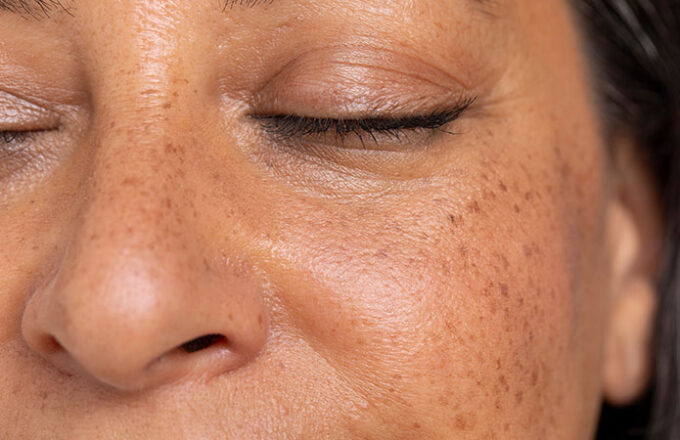
The skin microbiome represents one of the most fascinating and promising developments in recent years in the fields of dermatology and cosmetics. This complex ecosystem—which includes bacteria, fungi, archaea, and viruses—lives on the surface of our skin and plays a fundamental role in maintaining skin health and homeostasis.
The skin as an ecosystem
With a surface area of approximately 1.8 m², human skin is a dynamic environment characterized by multiple microenvironments: folds, invaginations, and specialized niches that offer unique habitats for microorganisms.
A single square centimeter of skin can host up to a million microorganisms; among the most prevalent genera are Cutibacterium, Staphylococcus, and Corynebacterium.
These microorganisms are not mere passive inhabitants of the skin—they actively collaborate with the host, protecting against pathogens, modulating the immune system, and contributing to tissue repair. However, the balance is delicate: dysbiosis, or an alteration in the microbial composition, can lead to skin conditions such as acne, atopic dermatitis, and dandruff.
Microbiome and cosmetics: a revolution underway
The cosmetics industry has recognized the potential of the skin microbiome and is shifting toward the development of products that not only improve the appearance of the skin but also support its overall health. Innovative active ingredients are being designed to:
- Support microbiota balance;
- Induce or suppress specific metabolic pathways;
- Control microbial biofilms;
- Modulate the growth of beneficial microorganisms.
Emerging among these innovative ingredients are prebiotics, probiotics, and postbiotics. Prebiotics provide targeted nutrients for commensal microorganisms, while probiotics (live bacteria or their derivatives) and postbiotics (bacterial metabolites) act directly on the microbiota to promote a healthy skin environment.
Regulatory and scientific challenges
Despite growing enthusiasm, the sector faces several challenges. One of the most critical is the lack of specific regulations for microbiome-related cosmetic products. This regulatory gap can lead to ambiguous or misleading claims regarding product benefits. Claims such as “preserves the microbiome” or “restores microbial balance” must be supported by solid scientific evidence.
Moreover, research requires rigorous testing approaches. In vitro, ex vivo, and in vivo tests are combined to assess the impact of products on the skin microbiome, using advanced technologies such as metagenomic sequencing and three-dimensional skin models (RHE). However, these methods involve significant costs, which can pose a barrier for some companies.
The importance of microbiome-friendly formulation
To ensure that cosmetic products genuinely support the microbiome, careful attention must be paid to the ingredients used. Preservatives, essential oils, and surfactants must be selected with care to minimize their negative impact on beneficial microorganisms. Self-preserving formulations and gentle ph profiles represent an important step toward products that are more respectful of the skin ecosystem.
The skin microbiome opens new perspectives for cosmetics, offering the opportunity to develop products that combine science, innovation, and well-being. This approach transforms the way we think about skincare, moving beyond mere aesthetics to embrace a holistic view of skin health. However, to fully realize this potential, it is essential to invest in research, education, and regulations that ensure transparency and reliability.
